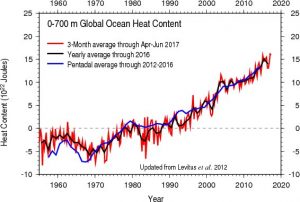This post is going to be a little bit different from my usual literary critiques because the novel “Galactic Satori Chronicles, Book 1: EARTH” (which I will refer to as GSC1E from now on) is a self published work that as far as I know is only available at Amazon or from the authors themselves. As it happens I met Nick Braker in Sweetwater Tennessee when I was there for the eclipse back in August (see post of 24Aug17), bought the novel and finally got around to reading it. The novel’s cover is shown below.

Let me start by saying that GSC1E is pretty much written to appeal to the fans of “The X Files” or UFO conspiracies in general. There are three distinct alien species, one good and two bad, men in black along with secret sites around the world where alien technology is being studied. All three alien species abduct humans, the good aliens do so to ‘augment’ four woman and four men, the bad aliens either swap minds with humans in a plot to destroy mankind while the other bad aliens are harvesting our organs!
The heroes of GSC1E are the eight augmented men and women and one man in particular, Asher. Together the eight have to learn to use their enhanced powers to stop bad aliens number one before they can kill us all. We’re not talking about thought provoking Science Fiction here; the plot of GSC1E is actually more like a Wild West shoot’em up. There are in fact plenty of flight scenes, with both fists and guns, along with almost as many chases.
The problem is GSC1E isn’t really very well written. In many places the plot and descriptions border on the juvenal. For example all the women in the novel are absolutely ravishing, every single one of them. Even the head of the World Security Organization the WSO is breathtakingly beautiful. The WSO is the official name of the men in black by the way. On the other hand the men are all filled to the brim with testosterone, so much so that after a while I wanted to yell at them to grow up. Really, people insulting and threatening each other all the time is not a sign of affection, it’s just bad dialog.
At the start of the story bad aliens number one have murdered Asher’s fiancée Beth and he swears revenge. For the rest of the novel we’re reminded every four or five pages of how much Beth meant to him, how no other women will ever take her place and how he will avenge her. Despite these reminders Asher still manages to hit on every, and I do mean every women in the book. It just doesn’t work, not very well anyway.
Then there was one episode, about three quarters of the way through the book where they just lost me completely. The four augmented men are now full fledged members of the WSO and they’re on a mission to France to investigate a series of murders by aliens in that country. A computer analysis of the murders points to a suburb of Paris and so they decide to drive around until they find someone who’s been abducted by aliens. Seriously, they decide to drive around in order to find an alien abductee, and the worst part is two paragraphs later they just find one! Now I know every novel has it’s ‘Oh, Come On’ moments. The moments when something happens that’s a little hard to believe and you say to yourself ‘Oh, Come On’ but for me that moment was just too much to take.
I tried to be generous, after all not everybody has my taste and if I think anyone might like a book I’ll try to point out it’s good parts for them. However ‘Galactic Satori Chronicles, Book 1: EARTH’ had a high school plot along with writing that could really have used some serious editing, maybe that’s the penalty for self-publishing. Still, if you think you might be interested in reading ‘Galactic Satori Chronicles, Book 1: EARTH’ click on the link below to be taken to the author’s webpage.






























